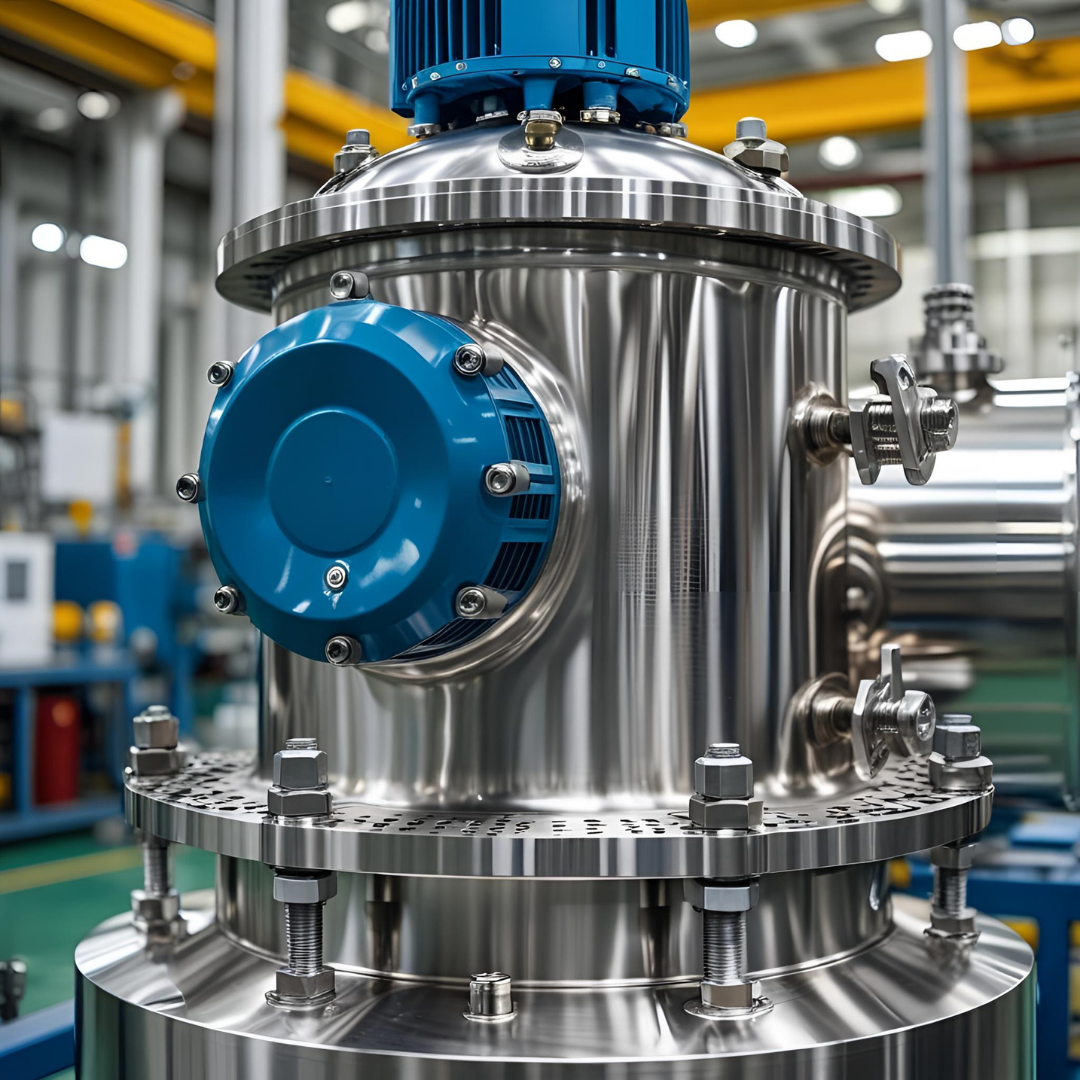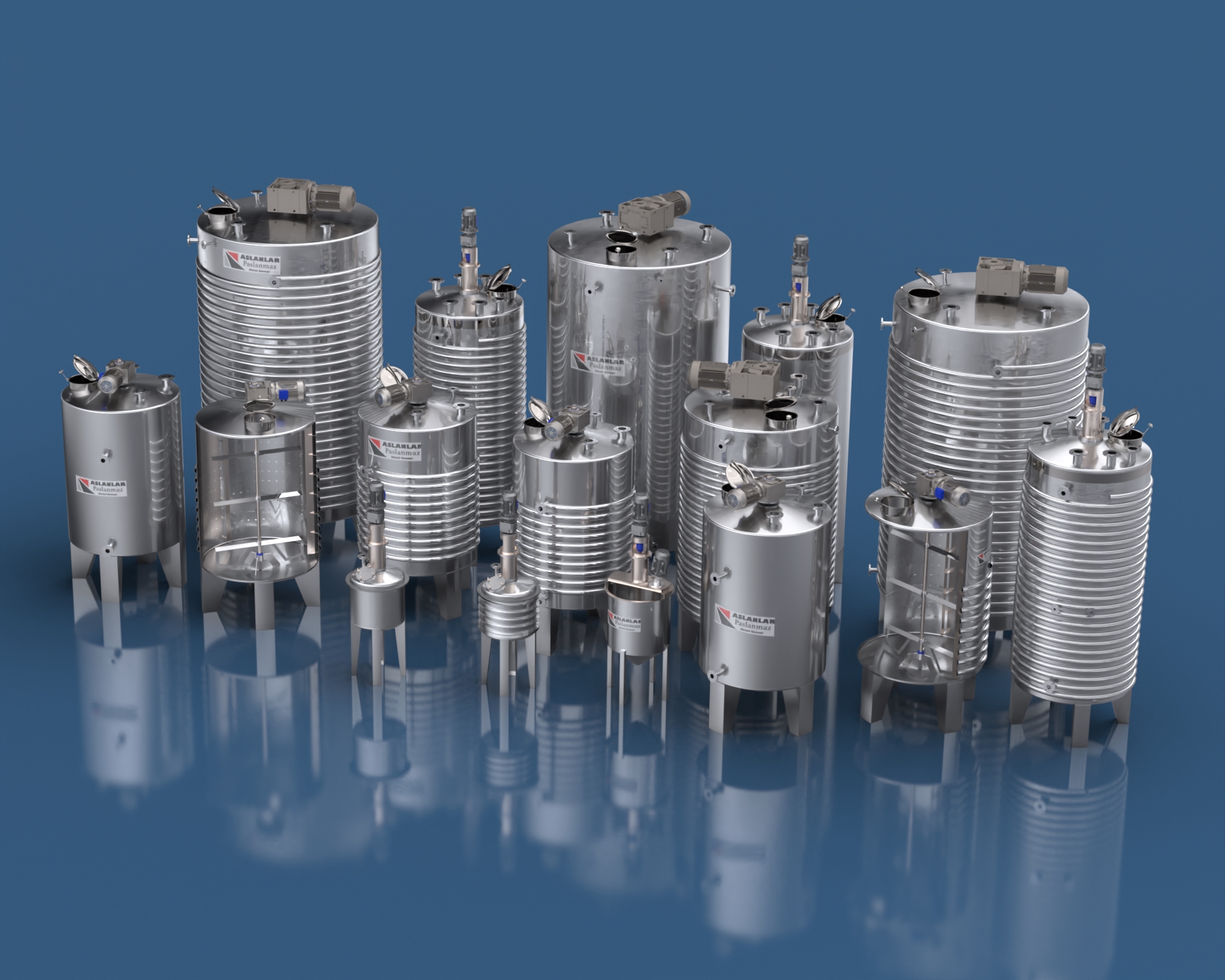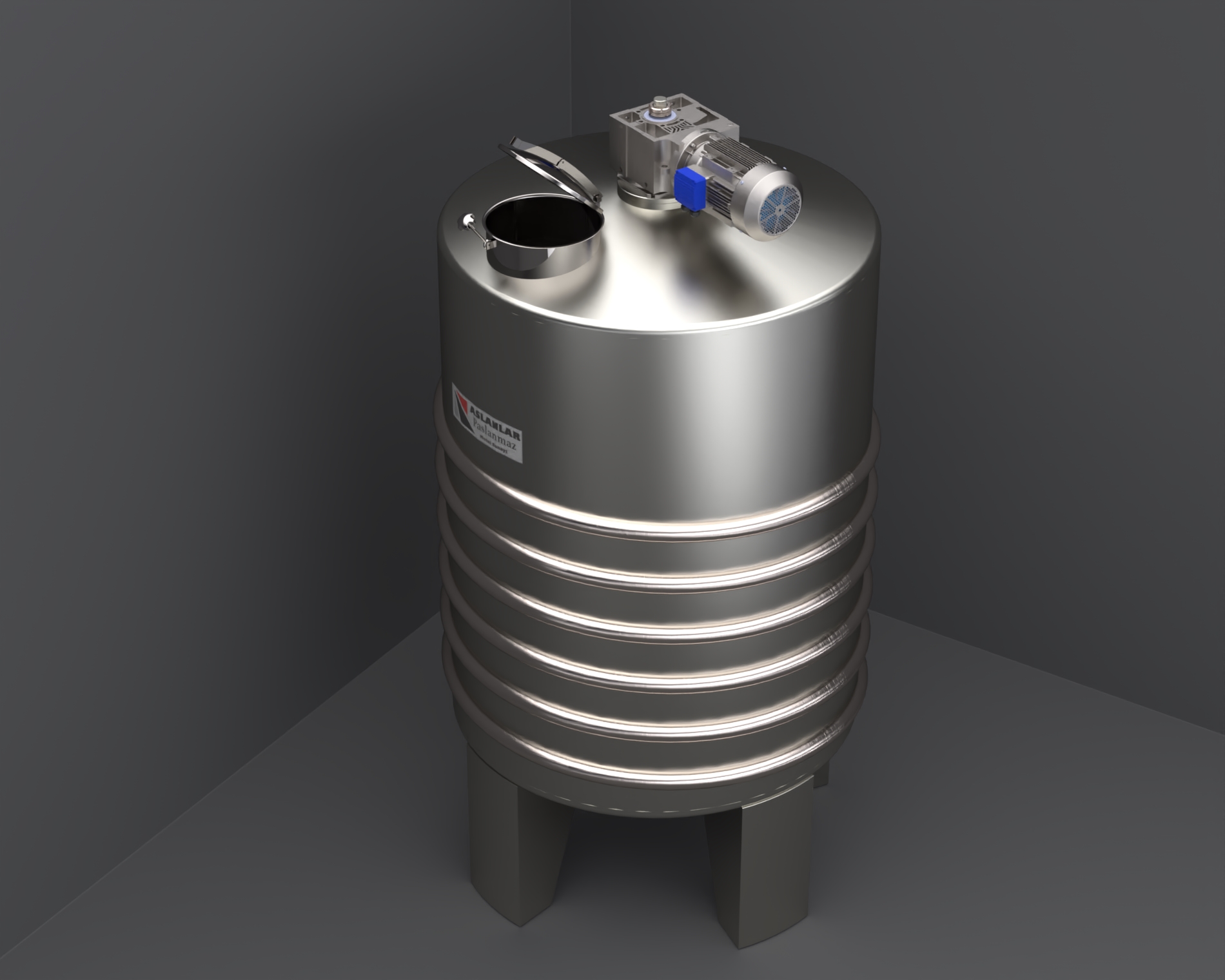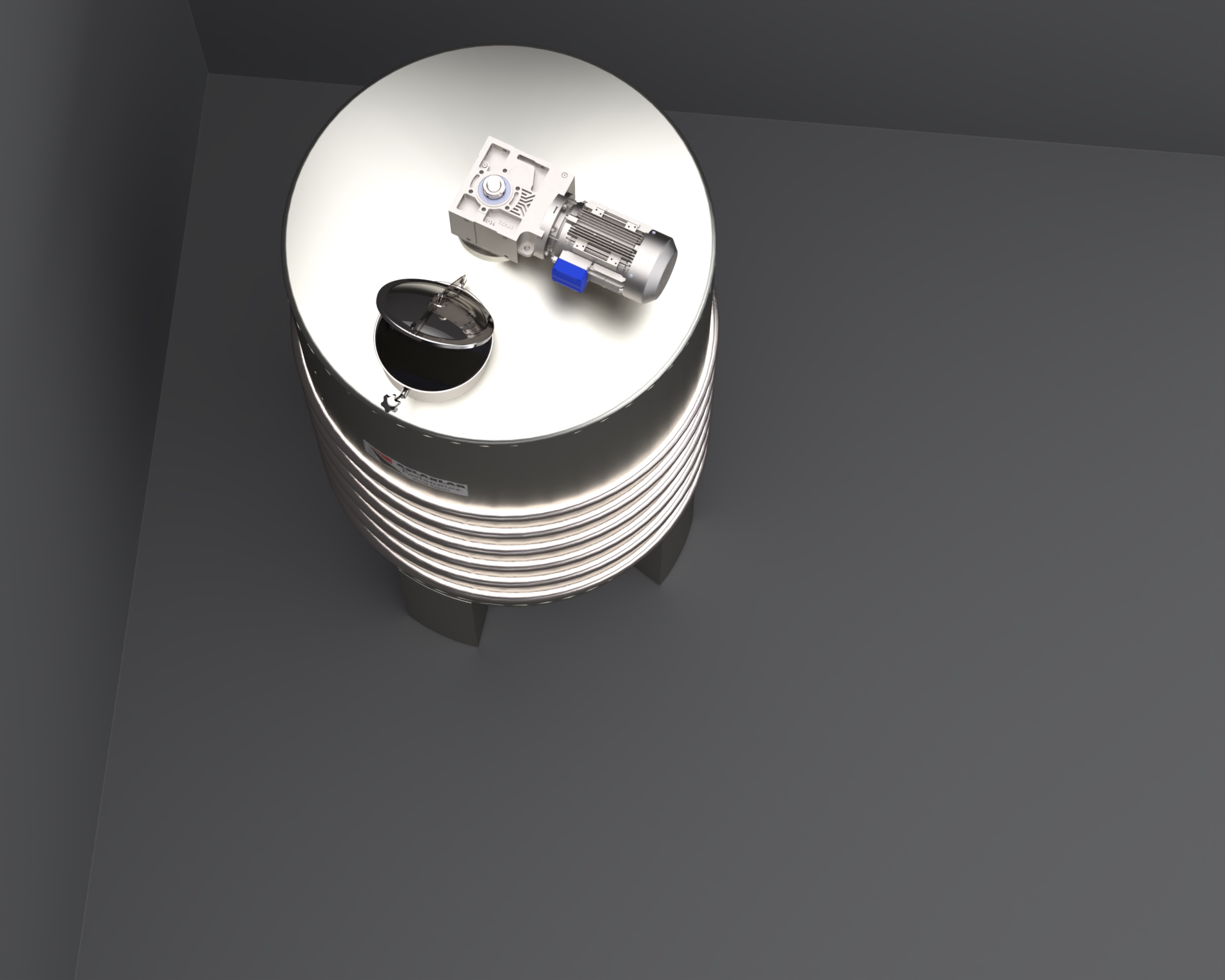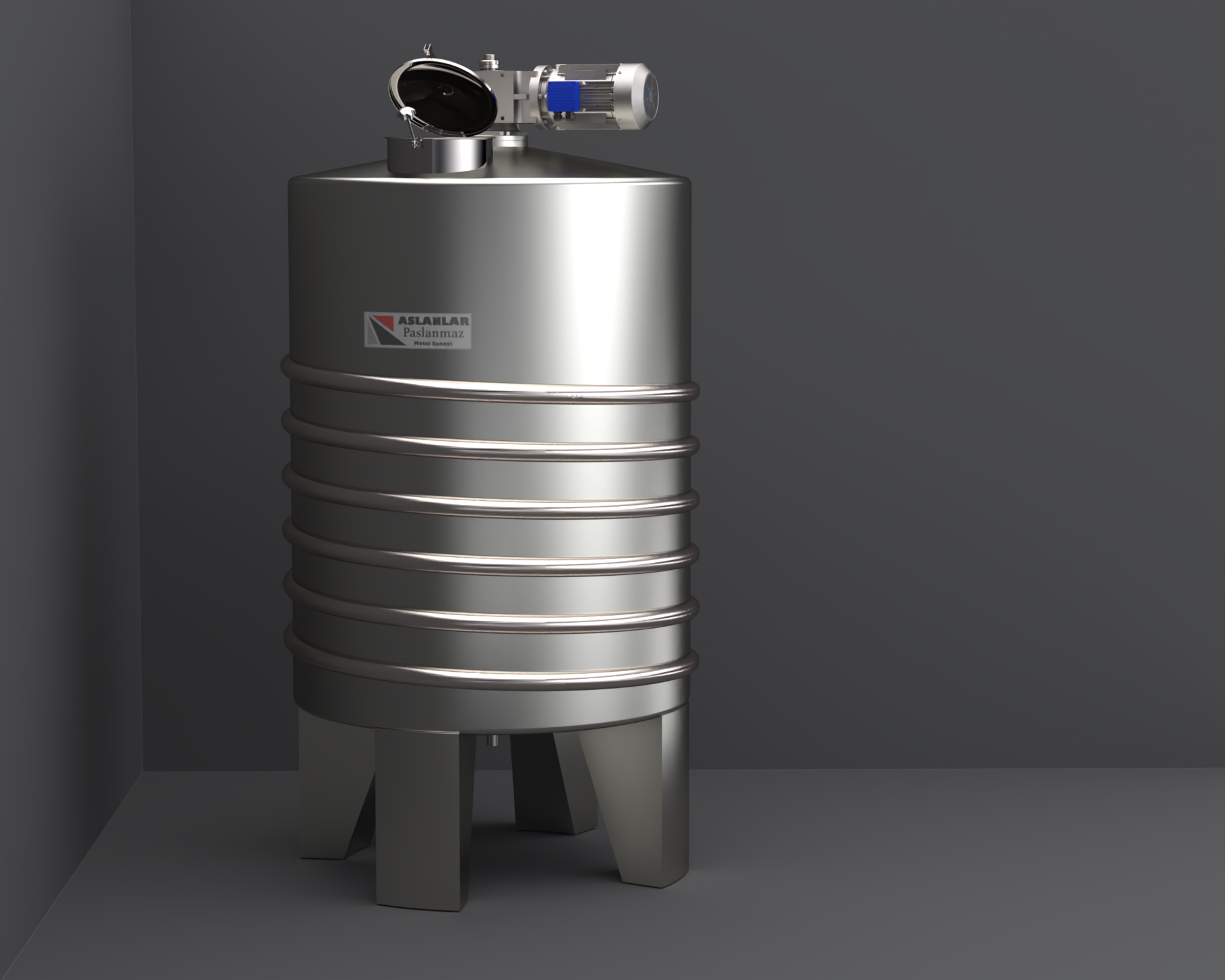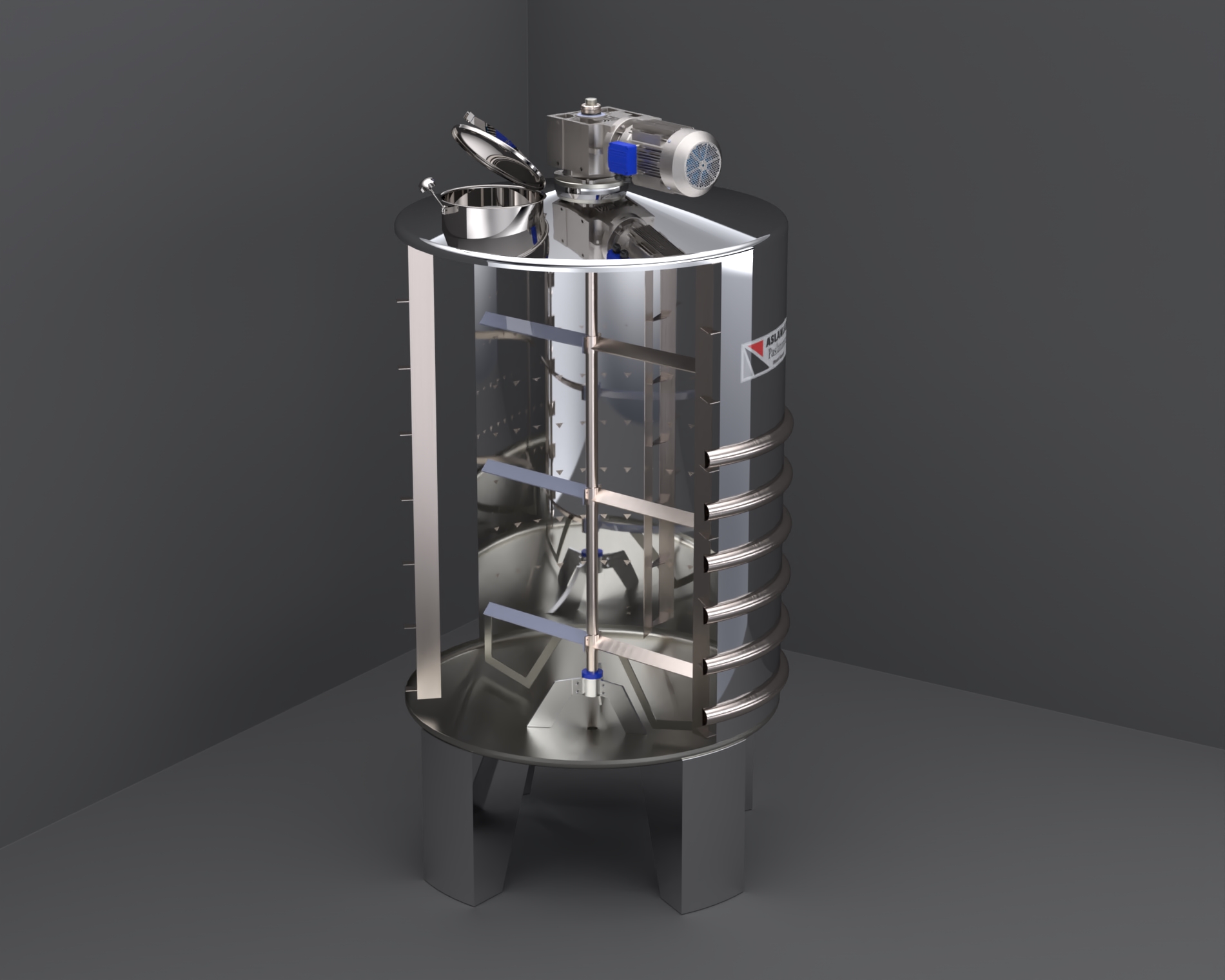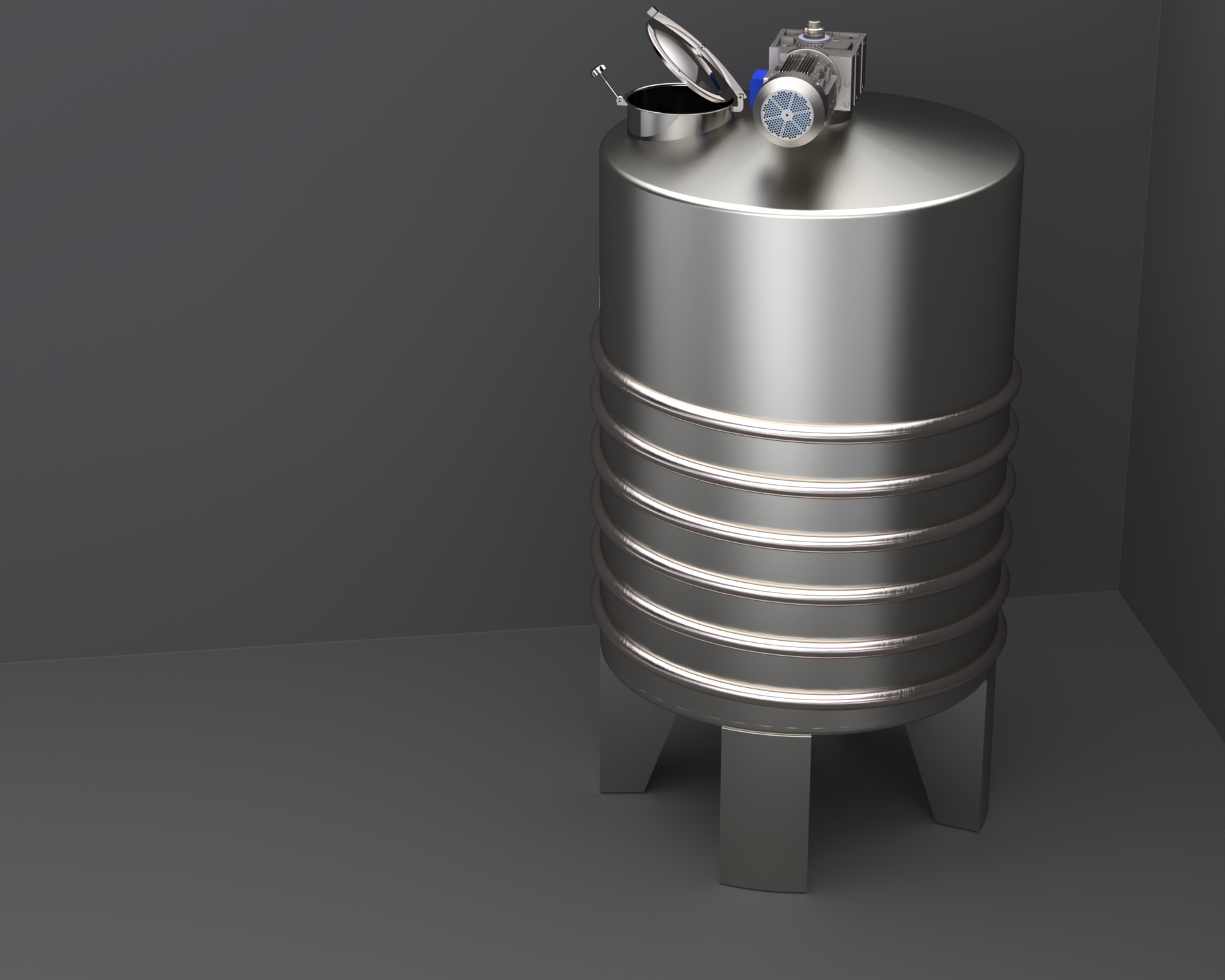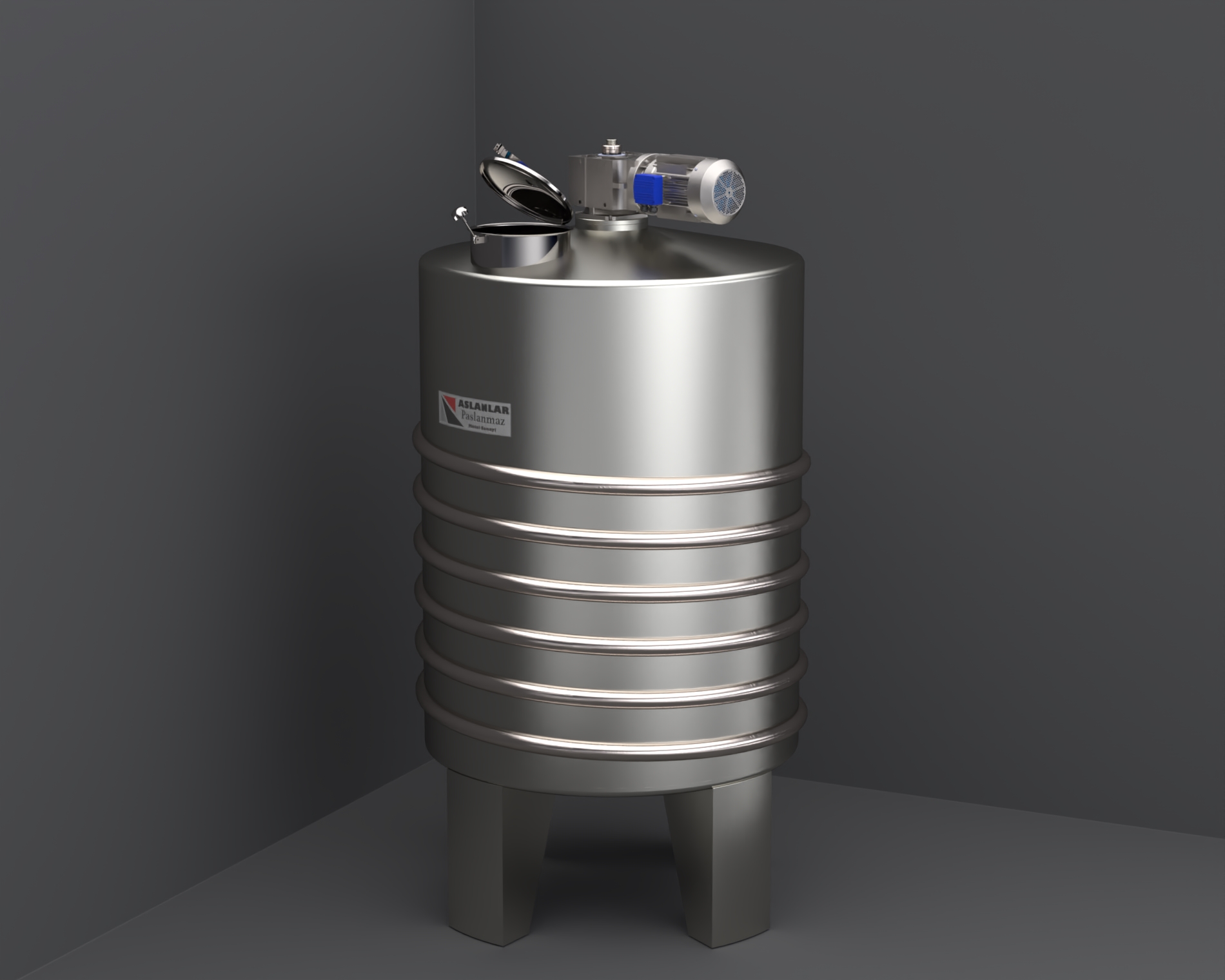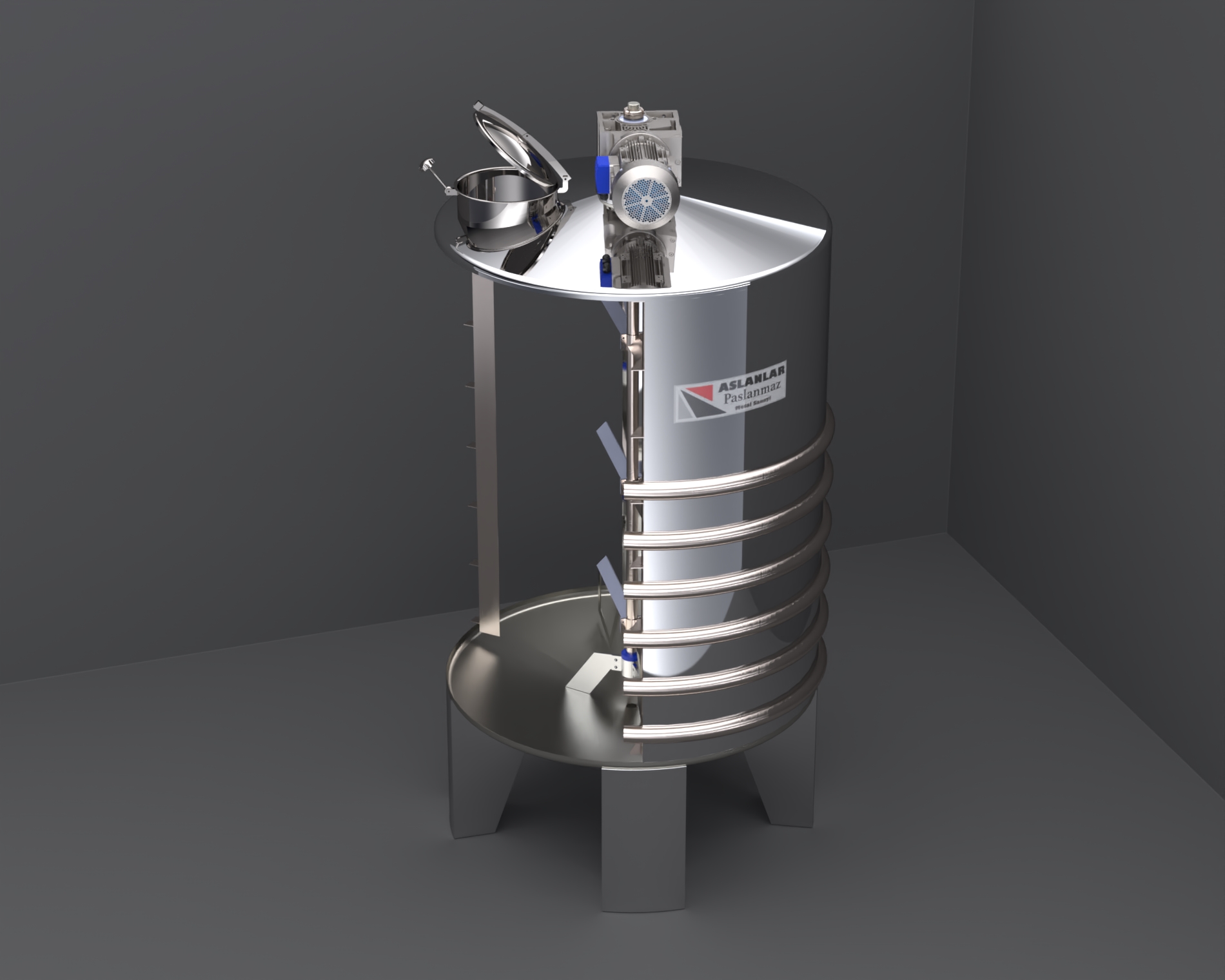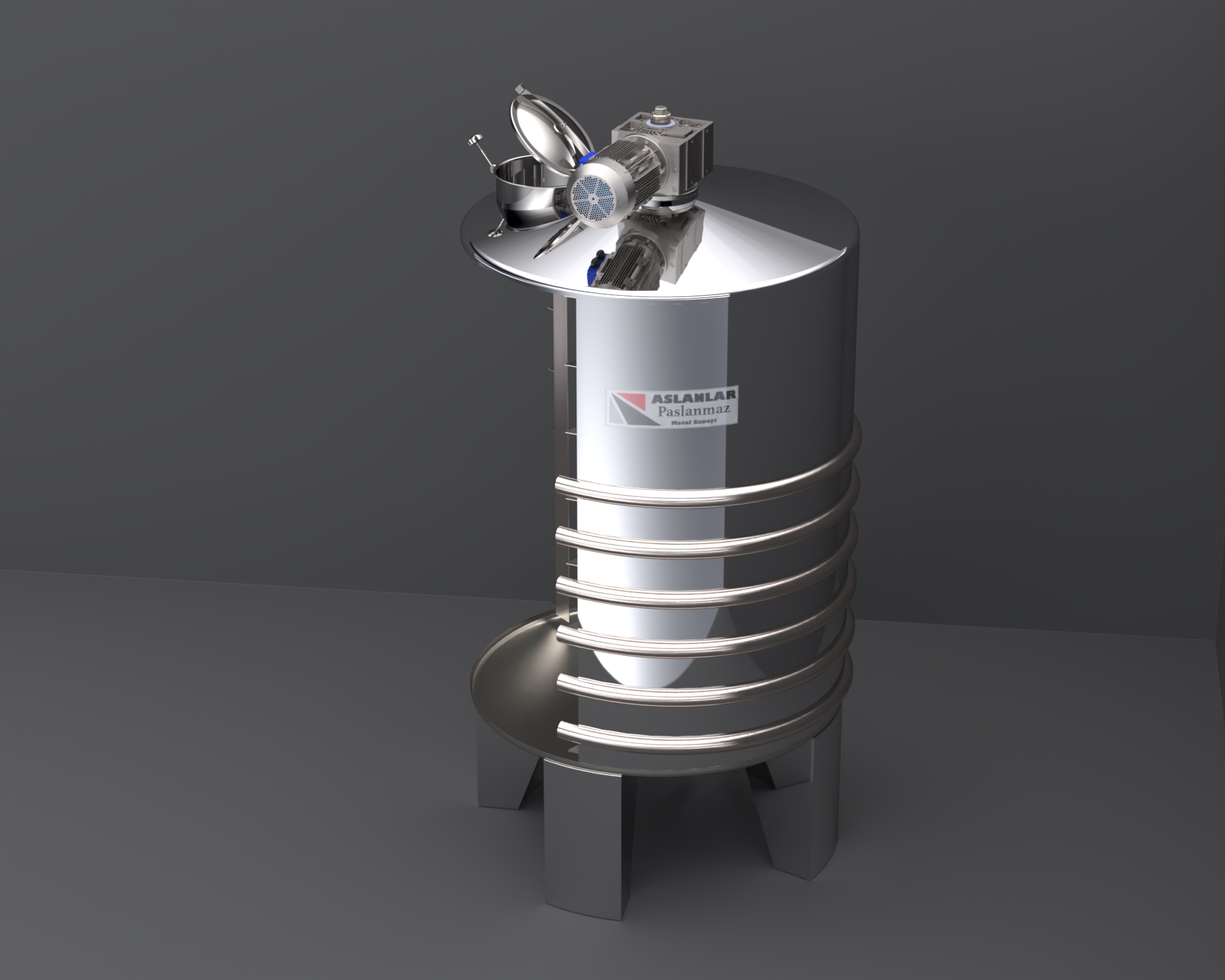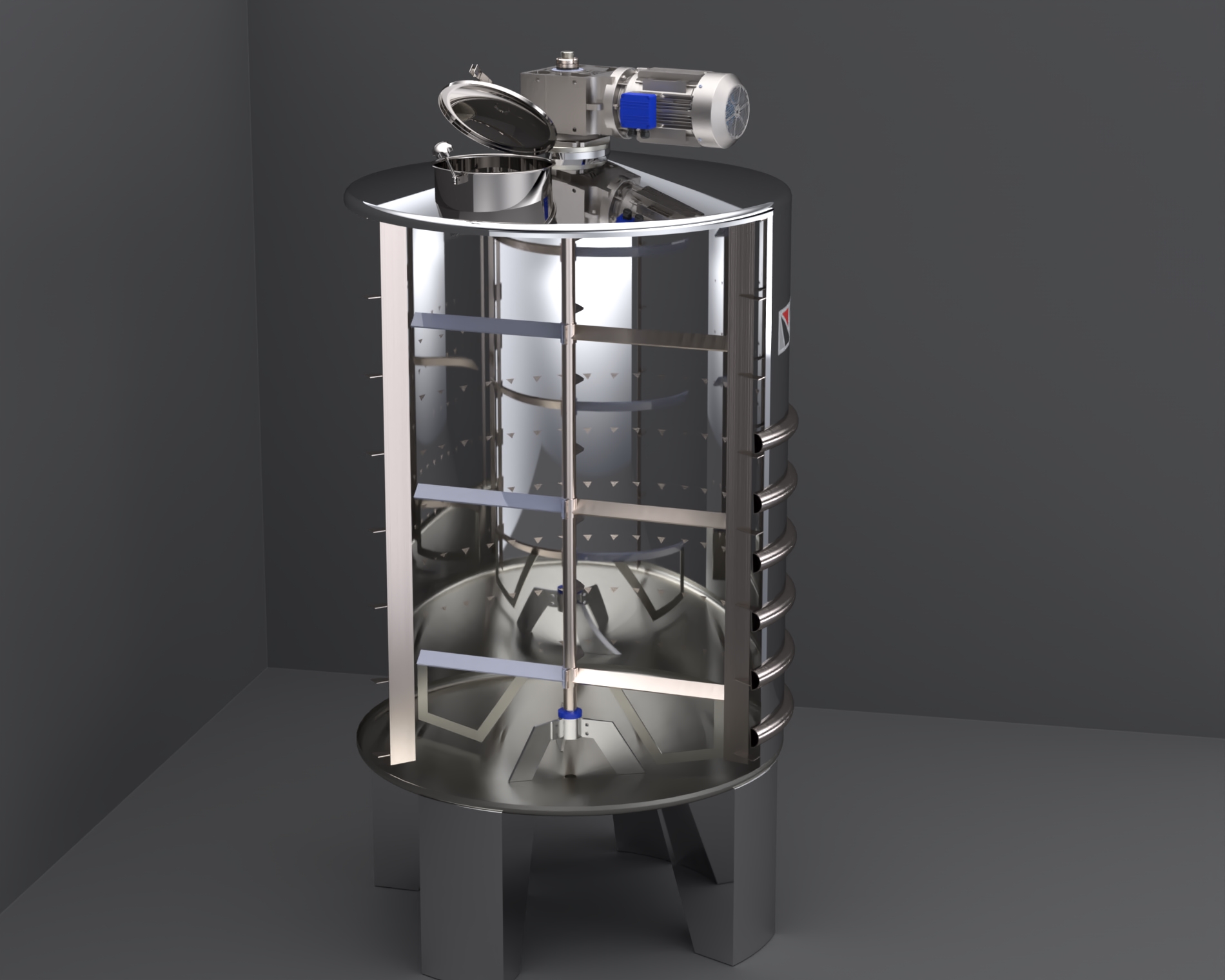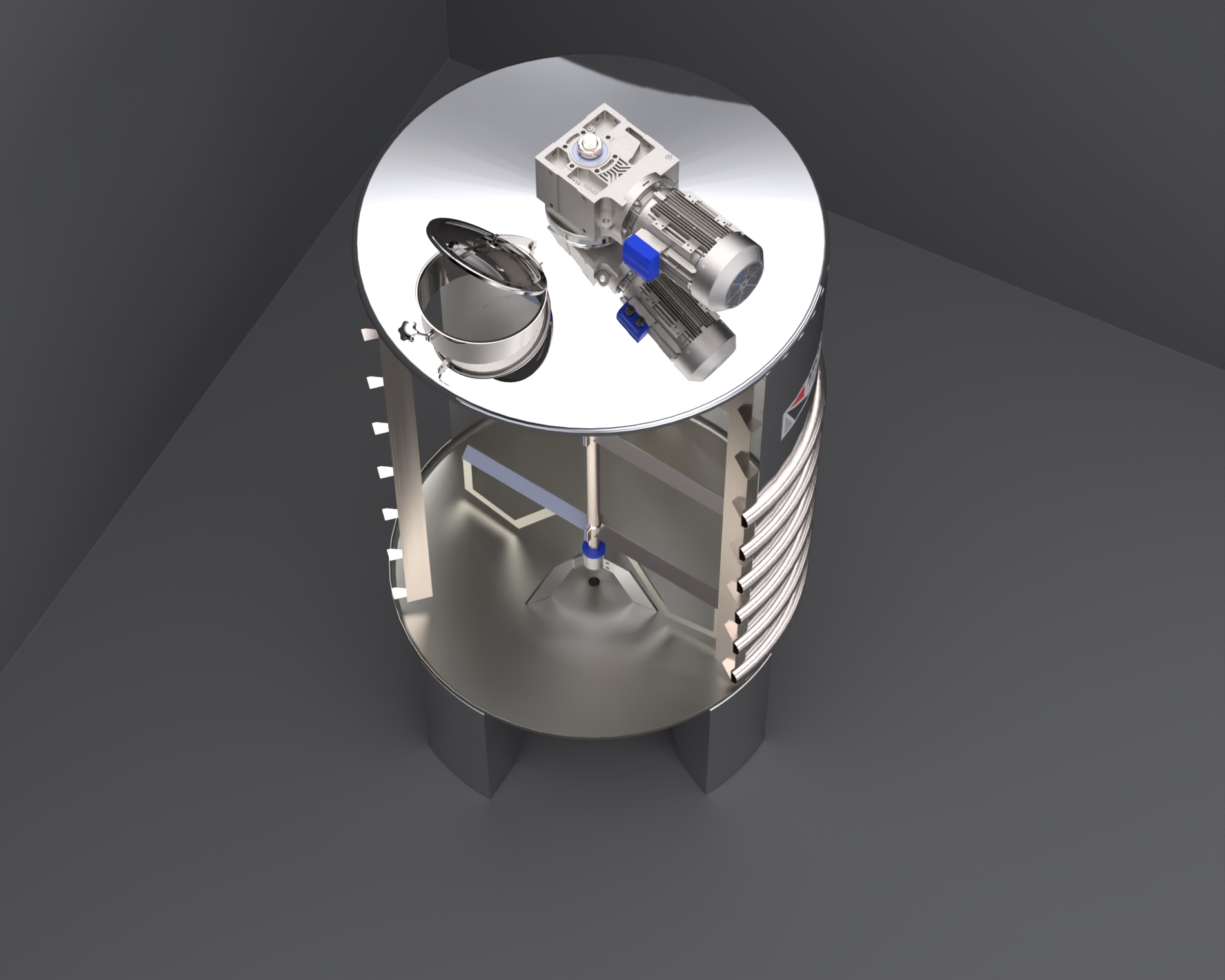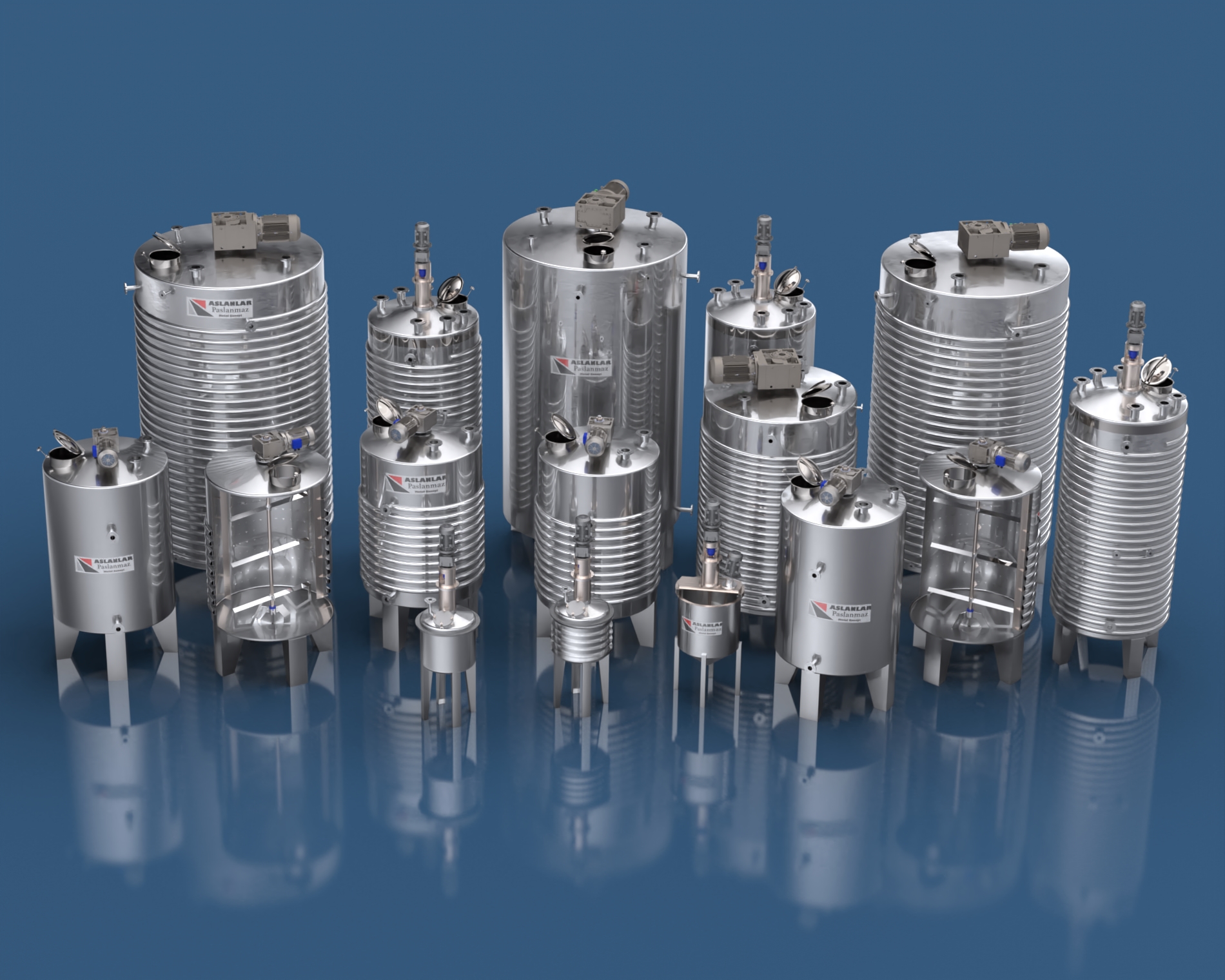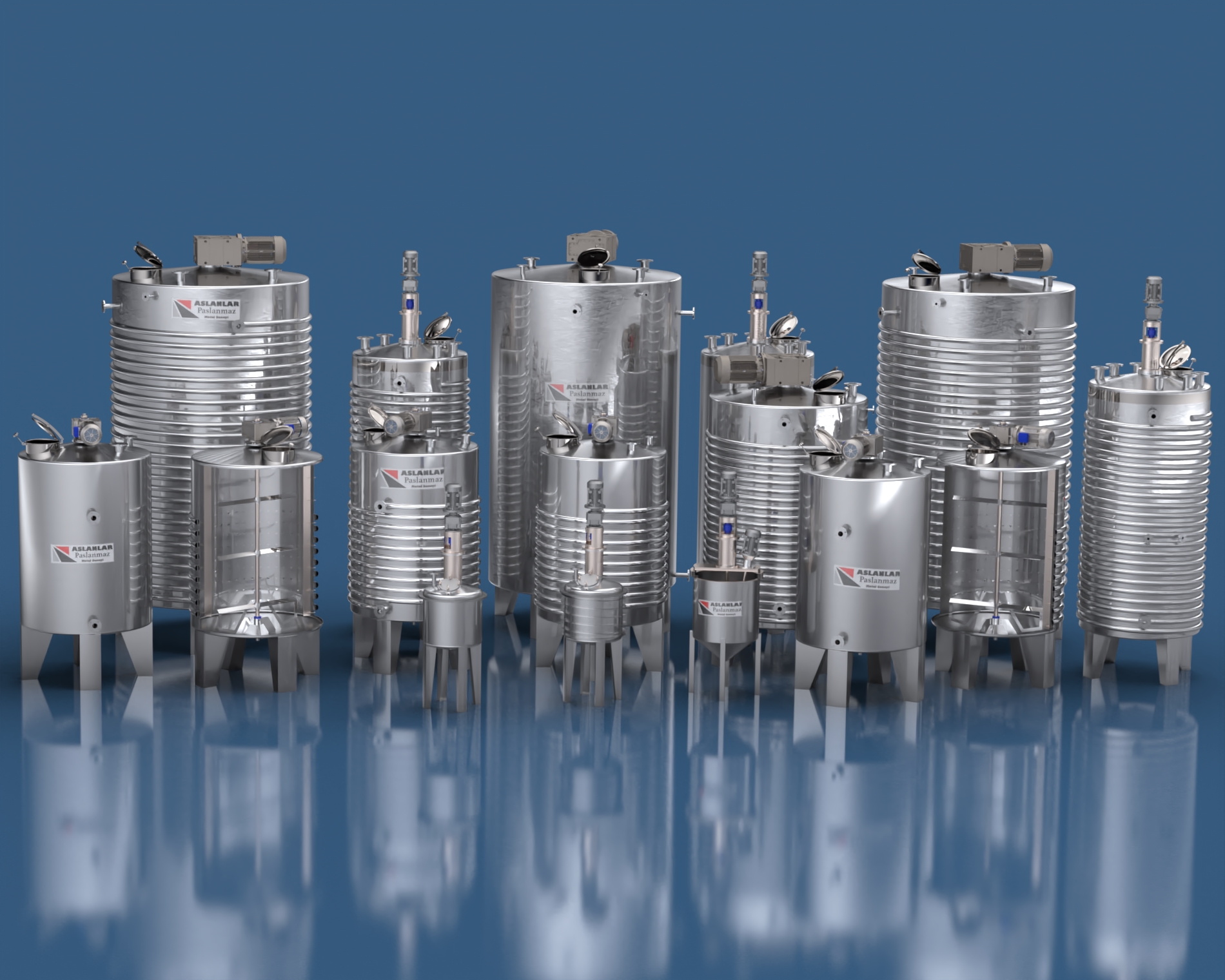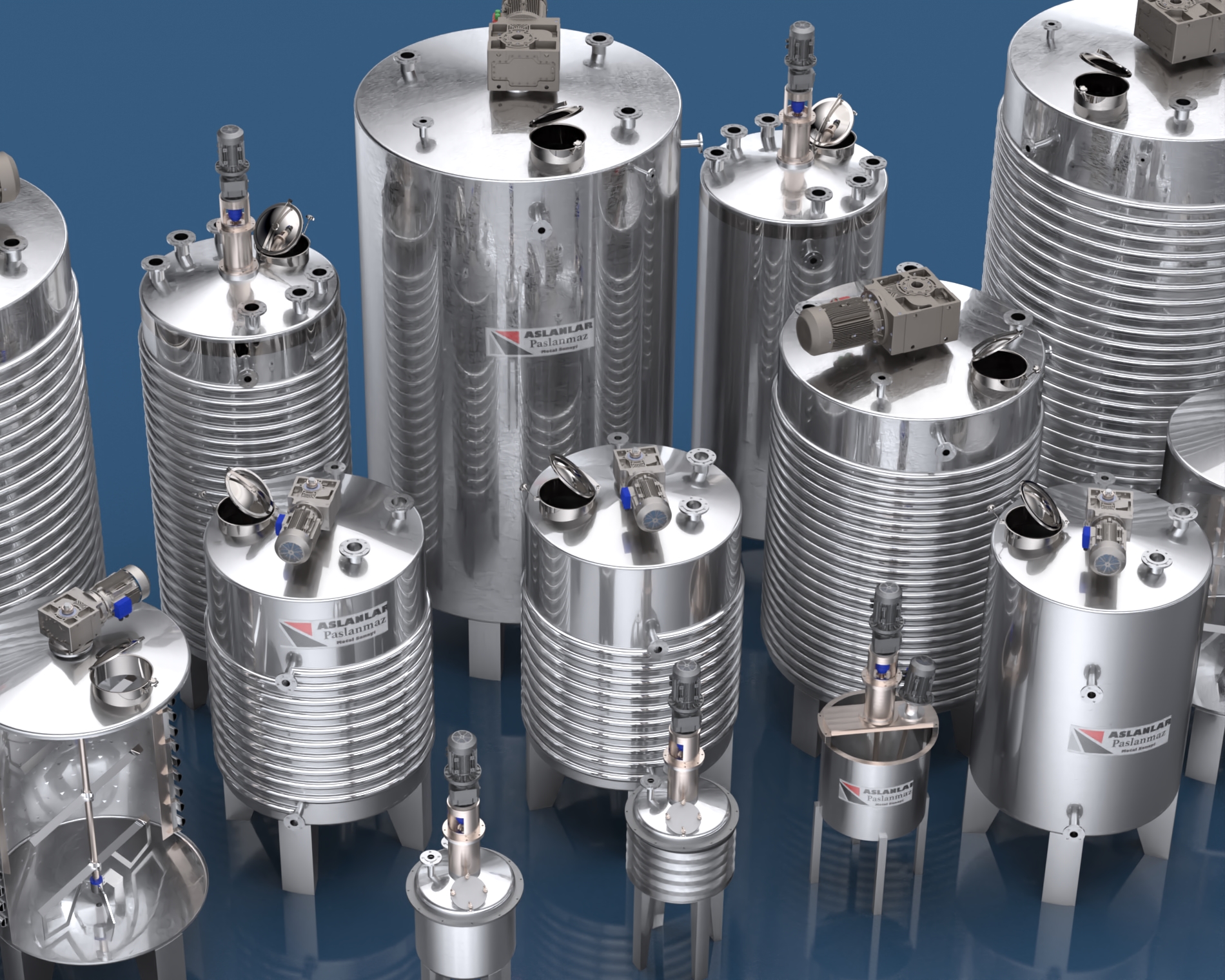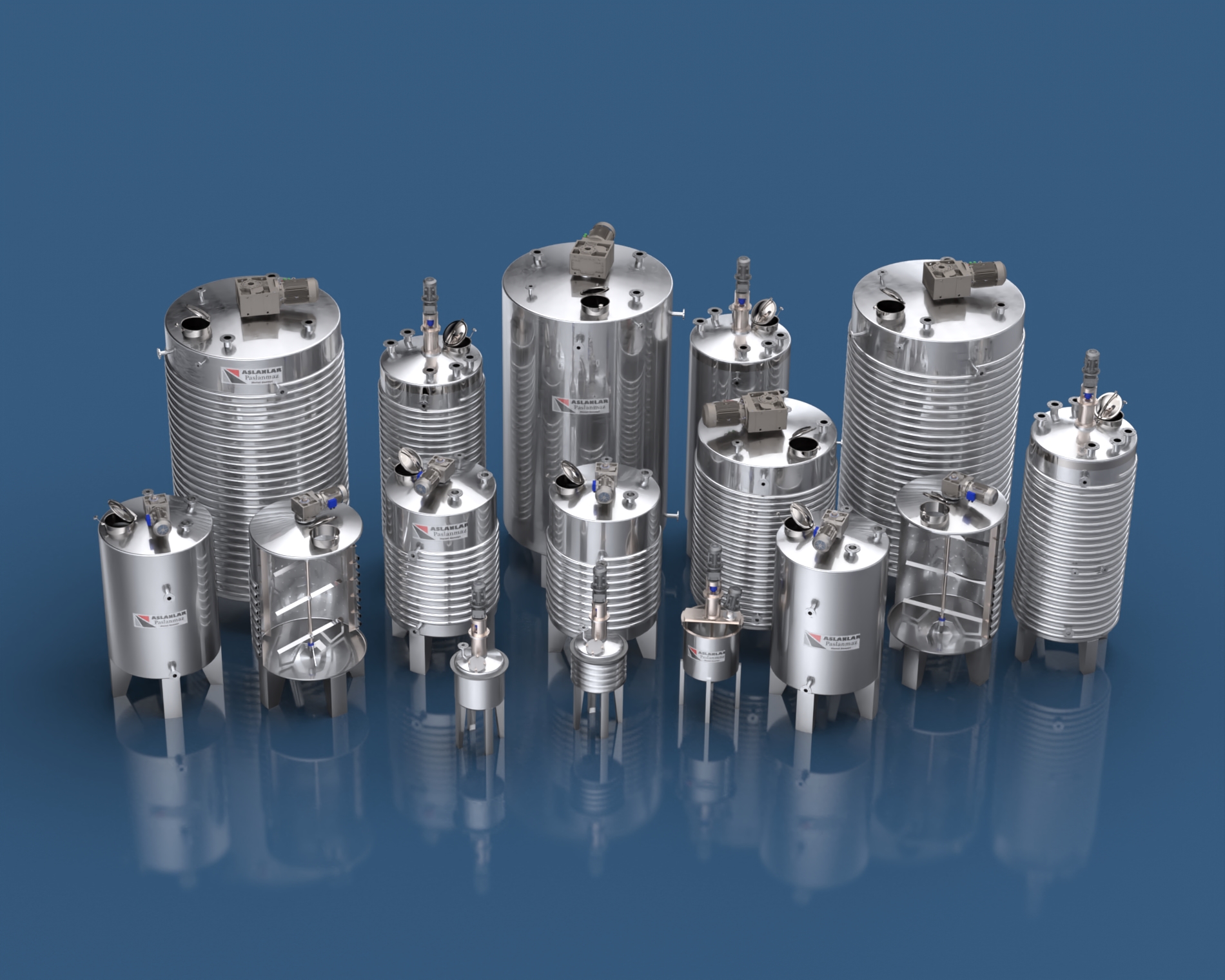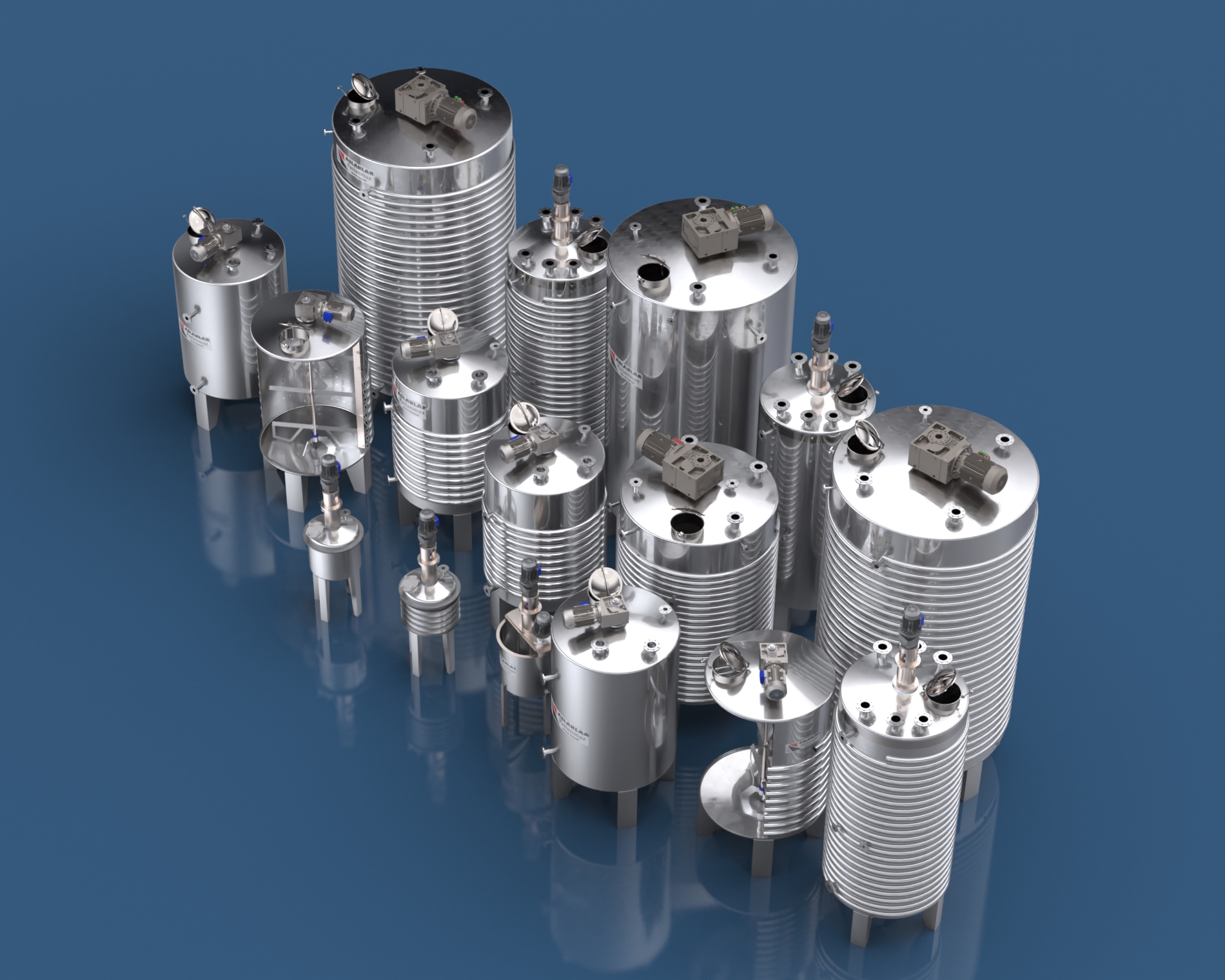What is a Stainless Steel Reactor?
A stainless steel reactor is a vessel used to carry out chemical reactions under controlled conditions—such as pressure, temperature, and agitation. Made primarily from stainless steel for its strength and corrosion resistance, these reactors are a staple in many industries.
Why Are Stainless Steel Reactors Important?
These reactors are crucial for creating consistent, repeatable, and scalable chemical processes. They’re built to withstand harsh chemicals, extreme temperatures, and high pressures—making them ideal for everything from pharmaceuticals to petrochemicals.
Types of Stainless Steel Reactors
Batch Reactors
Perfect for small-scale or specialty processes. Everything goes in at once, reacts, and then comes out. Simple and flexible.
Continuous Reactors
Here, reactants flow in, reactions happen, and products flow out—constantly. Ideal for large-scale production.
Semi-Batch Reactors
A hybrid of the two, allowing for better control over certain reactions by adding components in stages.
Catalytic Reactors
These come equipped with catalysts to speed up reactions. Often used in energy and fuel applications.
Components of a Stainless Steel Reactor
Reactor Vessel
This is the core. It holds the materials and provides the controlled environment for reactions.
Agitator System
Think of this as the mixer. It keeps materials well blended for uniform reactions.
Heating & Cooling Jackets
These maintain the temperature, making sure reactions proceed safely and efficiently.
Control Systems
Modern reactors come with digital panels and sensors for precise monitoring and automation.
Material Grades Used in Stainless Steel Reactor
SS304 and Its Applications
Great for basic food-grade and low-corrosion applications. Affordable and reliable.
SS316: Resistance and Reliability
With added molybdenum, SS316 is more corrosion-resistant—especially in saline or acidic environments.
Duplex Stainless Steel for Harsh Conditions
Combines strength and corrosion resistance. Often used in extreme chemical processes.
Advantages of Stainless Steel Reactors
Corrosion Resistance
Stainless steel doesn’t rust easily, which is a game-changer for chemical processing.
High Durability
These reactors are built to last—even under tough conditions.
Easy Maintenance and Cleaning
Smooth internal surfaces mean less residue and easier cleaning.
Pressure and Temperature Tolerance
Stainless steel can handle high stress without cracking or warping.
Applications Across Industries
Pharmaceutical Industry
Used for producing drugs under strict hygiene and quality standards.
Chemical Processing Plants
Ideal for mixing, heating, and reacting aggressive chemicals.
Food & Beverage Sector
From sauces to spirits, reactors play a vital role in processing.
Cosmetics and Skincare Industry
Perfect for emulsions, gels, and lotions.
Petrochemical and Oil Refining
Used in the production of fuels, lubricants, and additives.
How to Choose the Right Stainless Steel Reactor
Capacity and Size
Bigger isn’t always better. Choose based on your batch size and production volume.
Type of Reaction
Exothermic, endothermic, or catalytic? The reactor type matters.
Operating Conditions
Consider pressure, temperature, and agitation needs.
Material Compatibility
Ensure the reactor material won’t react with your product.
Maintenance and Cleaning Tips
CIP (Clean-In-Place) Techniques
Automated systems that clean without disassembly.
Regular Inspection
Check for cracks, corrosion, or leaks.
Preventing Contamination
Always clean between batches to avoid cross-contamination.
Ensuring Longevity
Follow manufacturer guidelines to keep the reactor running for years.
Safety Standards and Certifications
ASME Standards
Ensures mechanical integrity under pressure.
GMP Compliance
Critical for pharmaceutical and food industries.
ISO Certifications
Guarantees quality management and process consistency.
Innovations in Stainless Steel Reactors
Automation & Smart Controls
Digital systems for real-time monitoring and control.
Energy-Efficient Jacket Designs
New jacket types save energy and boost efficiency.
Modular Reactor Systems
Easier to scale, modify, and upgrade.
Stainless Steel Reactor vs. Glass-Lined Reactor
Performance Comparison
Stainless steel is stronger and handles pressure better.
Cost Efficiency
While pricier upfront, stainless steel saves more over time.
Safety and Durability
Glass-lined can crack; stainless steel? Not so much.
Customization Options
Jacket Types (Limpet, Dimple, etc.)
Choose based on heating/cooling efficiency needs.
Agitation Speed and Blade Type
Match your product’s viscosity and reaction needs.
Ports and Nozzles
More ports mean more flexibility in operations.
Instrumentation and Control Panels
Tailored controls make your system smarter and safer.
Environmental Impact and Sustainability
Recyclability of Stainless Steel
It’s 100% recyclable—great for green manufacturing.
Energy Efficiency
Modern reactors are designed to conserve energy.
Waste Reduction
Closed systems mean less spillage and waste.
Cost Factors
Initial Investment vs. Long-Term Savings
Yes, it’s expensive upfront—but the long-term ROI is unbeatable.
Installation and Setup Costs
Includes base, fittings, piping, and controls.
Maintenance Costs
Minimal, especially with proper care.
Conclusion
A stainless steel reactor isn’t just another piece of equipment—it’s the backbone of efficient, safe, and high-quality chemical processing. From pharmaceuticals to food, its advantages in durability, cleanliness, and versatility are unmatched. Whether you’re a startup or an industrial giant, investing in the right reactor can make or break your production line.
FAQs
1. What is the lifespan of a stainless steel reactor?
With proper maintenance, stainless steel reactors can last 15–30 years or more.
2. Can stainless steel reactors handle corrosive materials?
Absolutely—especially grades like SS316 and duplex stainless steel.
3. How do I know which reactor type is right for my business?
It depends on your reaction type, volume, and processing conditions. Consulting with a manufacturer is always a good idea.
4. Are stainless steel reactors suitable for small-scale production?
Yes, they come in various sizes and are perfect for pilot plants and R&D labs.
5. How often should a stainless steel reactor be serviced?
At least once a year for inspections, with regular cleaning between uses.


